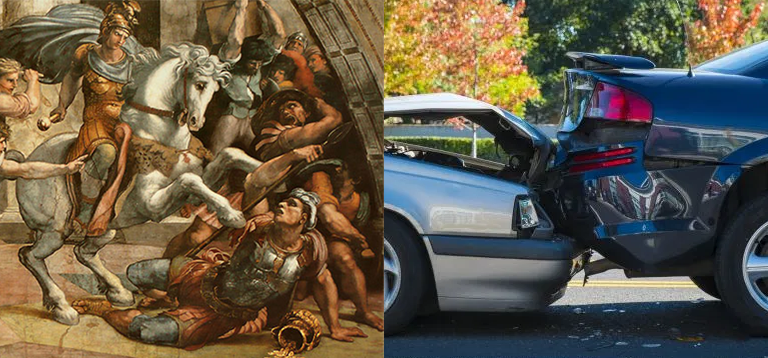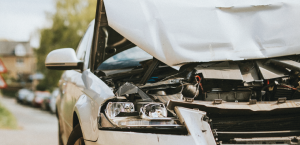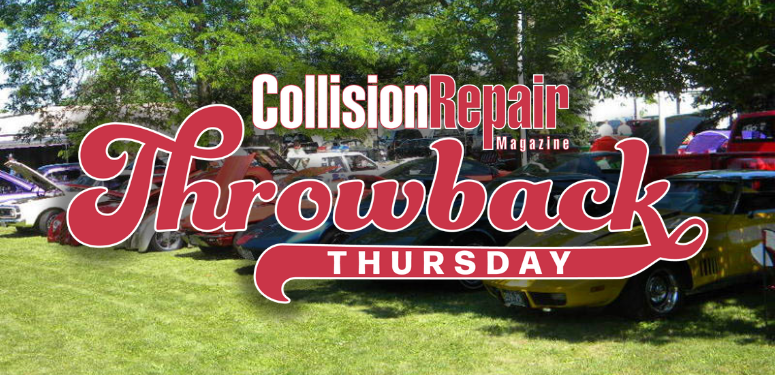Toronto, Ontario — This week, Collision Repair celebrated the 95th anniversary of Regina Auto Body. At the time of its founding, auto repairing—like automobiles themselves—was a relatively new concept. Obviously, it isn’t anymore.
Today, even the longest-serving members of our community have careers that stretch through less than a third of the span of Canada’s auto repair sector. This gives most of us involved in the sector the impression that the industry itself is a historical constant. While the way auto repairing is performed is constantly evolving, the idea that vehicle repairing will always be an economically relevant activity seems certain. But is it?
What if the foundations of the sector are built on quicksand, and could suddenly disappear? History suggests it could be.
At some point in the 12th century BC, the bronze age came to a close. For the great civilizations of the Eastern Mediterranean and the Middle East—including the Achaeans, Egyptians, Hittites, Canaanites and Babylonians—were in for a rough time. Within a few decades, all, but Egypt, had collapsed entirely.
There have been a number of explanations to describe this sudden catastrophe, but one has become widely accepted in recent years. According to it, after centuries of building up a complex intercontinental trade network, the civilizations’ basic functioning assumed it could always rely on international trade. When it couldn’t, civilizations tumbled one after another.
Tin, the metal alloyed with copper in bronze, isn’t found everywhere. In fact, the source of the Bronze Age civilizations’ tin was likely somewhere in Central Asia. When the steady supply stopped coming in, governments stopped being able to perform basic functions. Desperate citizens took to raiding neighbouring communities for basic resources. This caused problems for other governments, and other governments collapsed.
Bronze Age societies were based on the false principle that tin would always be available. Canada’s auto repair sector assumes that auto insurers will provide coverage that is affordable enough for drivers to bother with, and profitable enough to cover the full cost of repairs.
A few years ago, this assumption would have looked a lot safer than it does today. Then, insurers held far more cards than they do now. Without ADAS systems, aluminum or pearlescent paints, the cost of repairs was relatively low. Without mainstream OEM certifications and extensive repair procedures, drivers looked to insurers for assurance that repairs—and repairers—were appropriate. In one hand, insurers could leverage prices down with shops, while, in the other, keeping costs down for drivers.
Today, auto insurers are losing their grip on the costs of repairing. New technology and materials have given rise to a whole raft of procedures—ones not written by auto insurers, but OEMs. Many repairers are in a position where it is riskier to abide by auto insurer rates than argue them. As OEM initiatives drive more drivers to branded facilities, it seems likely something will have to give.
That something? Premium prices.
Even in relatively efficient insurance markets, price shocks are already hitting hard—Albertans are likely to pay an extra 20 percent for the right to drive their own cars next year.
Of course, the cost of auto insurance has an effect on the cost of car ownership. As car ownership costs rise, more people will elect not to drive. Even more, will elect to drive less expensive vehicles. As Canada’s vehicle fleet’s value dips, the point at which it is more profitable to repair, rather than replace a vehicle rises. When that balance point rises, individual repair facilities will see profits fall. When profits fall, businesses will close.
I am getting carried away.
None of this is to say that Canada’s collision repair sector is about to go the way of the Hittites, nor that individual auto technicians are about to start raiding nearby auto facilities.
I do not think the foundations of the collision industry will disappear any time soon. Nor am I set against the increasing influence of OEMs in driving business to collision facilities.
What I do think is that the industry is going through changes that could affect the very foundations of the industry. Ask yourself if your business model has the flexibility to survive unexpected market movements. Even the most progressive and attentive business owners can overlook long-standing issues in operations, suddenly facing serious problems when circumstances change.
If you are still concerned about my historical comparison, here’s something that might make the Bronze Age collapse less daunting.
After the smoke had cleared, and the various peoples of the Mediterranean began to rebuild their cities, their chariots still needed regular repairs.





































